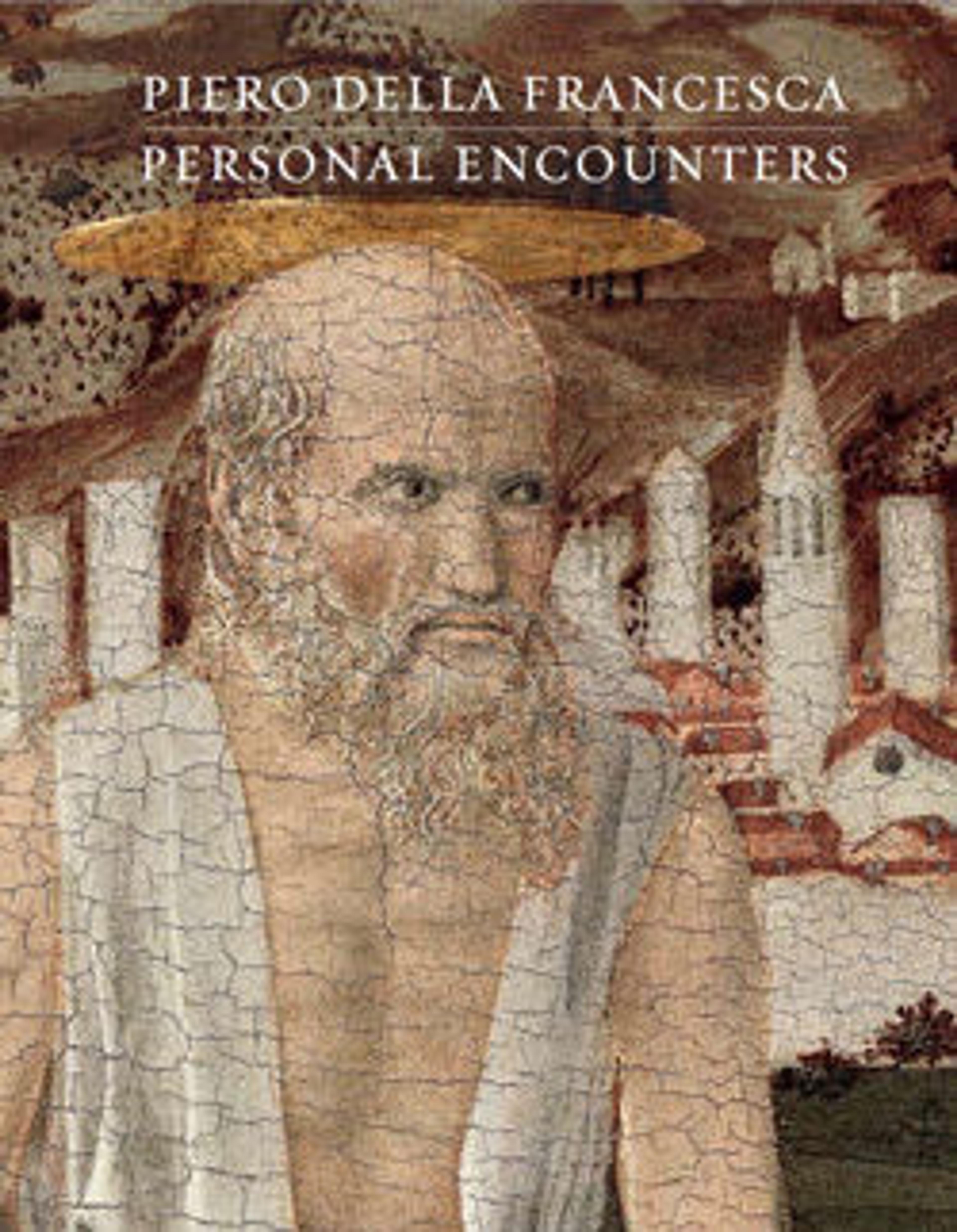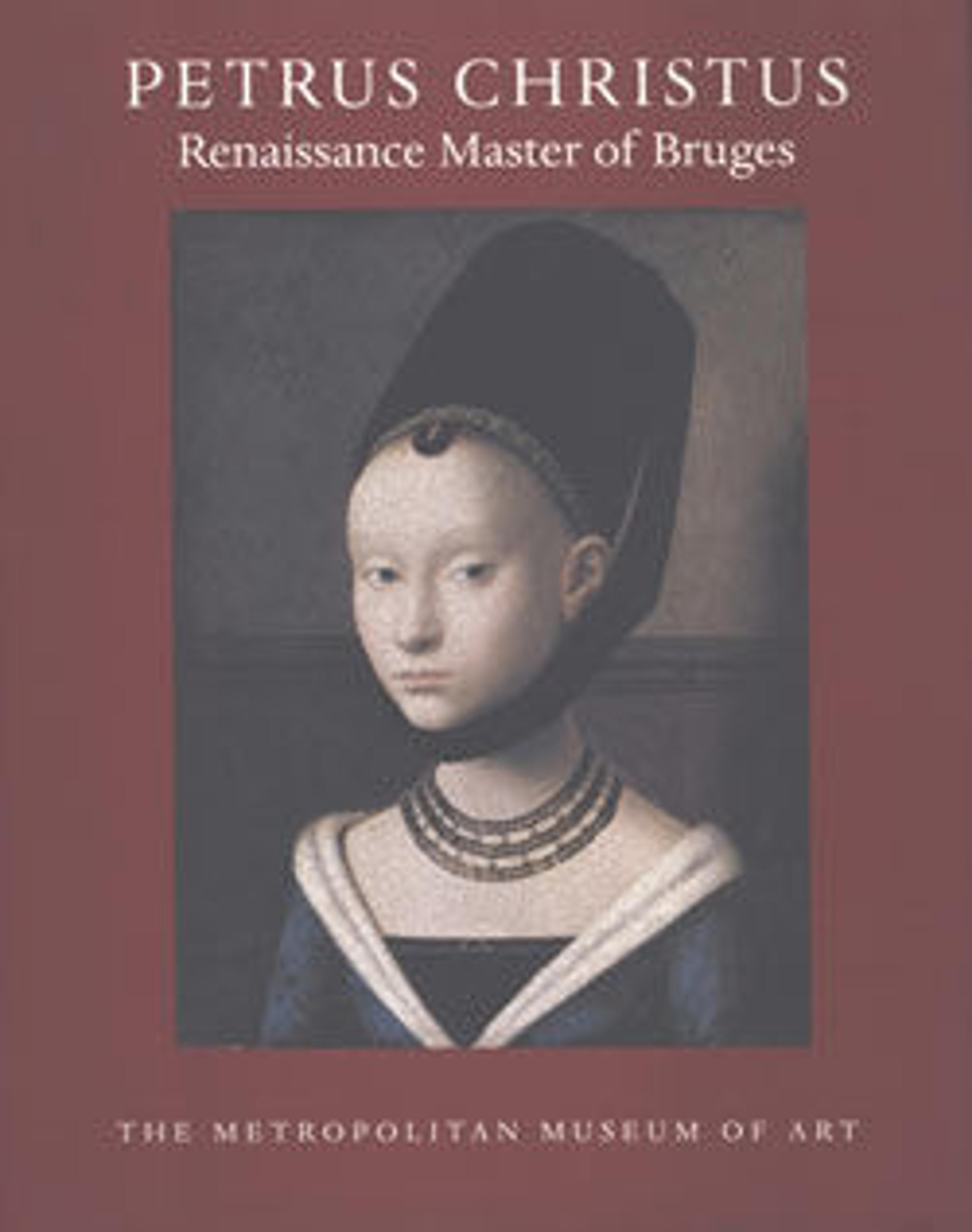

Antonello da Messina: Sicily's Renaissance Master
Praised in fifteenth-century humanist circles for his uncanny ability to create figures "so well that they seemed alive and missing only a soul," the great Quattrocento master Antonello da Messina was born Antonello di Giovanni d'Antonio in Messina, a small city on the periphery of the Kingdom of the Two Sicilies, about 1430. This catalogue accompanies a small, focused exhibition at The Metropolitan Museum of Art centered around the loan by a trio of Sicilian museums of three masterpieces by Antonello, which will be seen for the first time in the United States. The recently rediscovered double-sided painting from Messina of the Madonna and Child, with a Praying Franciscan Donor, perhaps the artist's earliest extant work and with a poignant image of Christ Crowned with Thorns on the reverse, is joined by the Portrait of a Man from Cefalù, a psychological tour de force, and by the centerpiece of the group—the compelling and mysterious Virgin Annunciate from Palermo, whose haunting beauty and serenity have been compared to that of Leonardo's Mona Lisa.
A handful of other works by Antonello—including the Metropolitan Museum's Christ Crowned with Thorns; a drawing attributed to the artist, in the Metropolitan's Robert Lehman Collection; and a panel of the Ecce Homo with a scene of Saint Jerome in the Desert on the reverse side, on loan from a private collection—as well as four related works by Antonello's contemporaries, from the Museum's own collection, complete the exhibition. The drawing and each of the paintings are reproduced in full color, some with fascinating details, and, in addition, several of the master's key iconic paintings are shown in comparative illustrations.
Although details about Antonello's beginnings are scarce, clouded by legend and sometimes dubious information in the early sources, his artistic formation appears to have taken place in Naples, during the reign of Alfonso of Aragon, in a cultural climate open to French, Provençal, Spanish, and Netherlandish influences. Already an independent master by 1457, he received numerous local commissions and was the head of a thriving workshop. A possible first trip to Rome about 1460 may have afforded Antonello the opportunity to experience the work of Fra Angelico and Piero della Francesca firsthand. However, the defining moment in his artistic development was to come later, in 1474–75, when Antonello made his first documented journey to Venice, a landmark occasion; it was there that he was commissioned to paint the principal altarpiece, his masterpiece, for the church of San Cassiano. This innovative work would leave a lasting imprint on the art of Giovanni Bellini and other Venetian masters, while the portraits Antonello painted in that city represent a new stage in the evolution of the genre in Italy. No greater artists would emerge from Southern Italy in the fifteenth century.
The introductory essay by Keith Christiansen illuminates the high points of Antonello's achievements in the context of his time and his culture; the essay by Gioacchino Barbera offers a comprehensive study of Antonello's life, family background, artistic training, travels, expertise as a portraitist, preoccupation with the theme of the Ecce Homo, late career, and artistic legacy. Entries on the exhibited works, by Gioacchino Barbera and Andrea Bayer, precede a capsule biography of the artist, information about the three lending museums in Sicily, a checklist of the supplementary exhibited works, and a selected bibliography.
Met Art in Publication
You May Also Like
Press the down key to skip to the last item.
Citation
Antonello, Gioacchino Barbera, Keith Christiansen, Andrea Bayer, and Metropolitan Museum of Art, eds. 2006. Antonello Da Messina: Sicily’s Renaissance Master ; [Published in Conjunction with the Exhibition “Antonello Da Messina: Sicily’s Renaissance Master” Held at The Metropolitan Museum of Art, New York, December 13, 2005 - March 5, 2006]. 2. printing. New York: Metropolitan Museum of Art.




